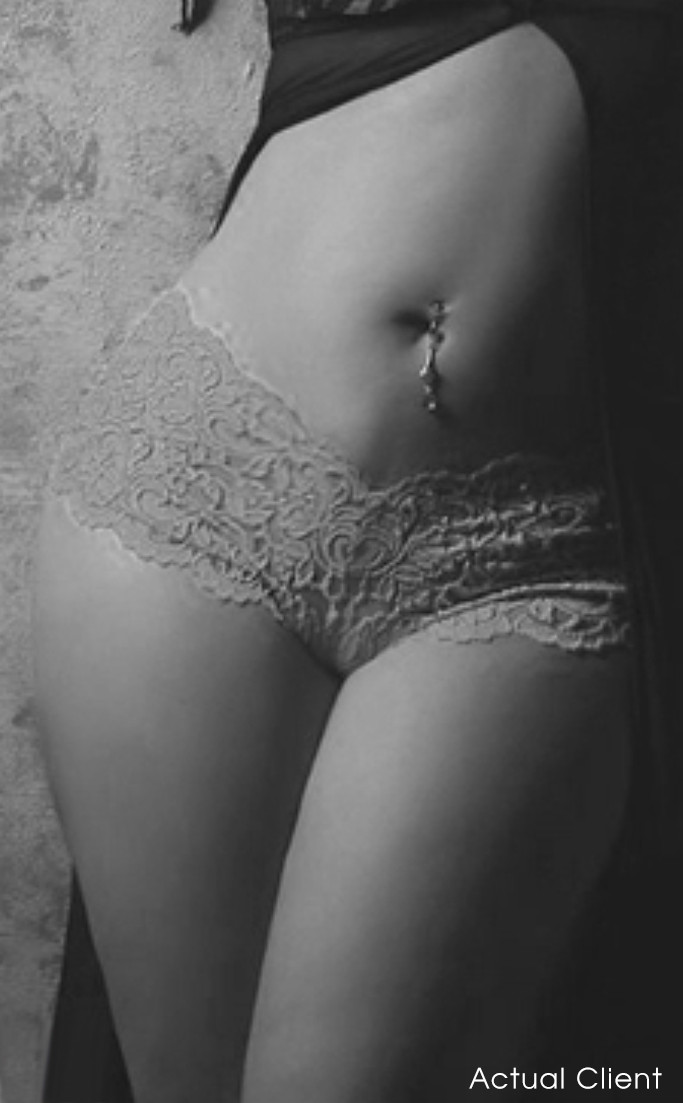
Tummy Tuck
Tummy tuck or Liposuction? What does a tummy tuck do? My spouse says work it off! Do men have tummy tucks? If I need a Tummy Tuck what kind? Types of Tummy Tuck? Do you do Liposuction with Tummy Tuck? How long will the scar be? How do you hide the Scar? What about the Belly Button? Do you leave Drains? Do you use a Pain Pump? Recovery from Tummy Tuck? Do I have to Tighten Muscles? How flat will I be? What’s a half flat belly? Will I be thin after tummy tuck? Am I a good candidate? What are the risks of tummy tuck? How do I schedule a consultation? Click Here To View Before and After Gallery
Featured Abdominoplasty Cases
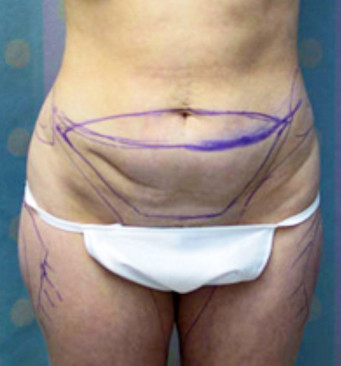
Before
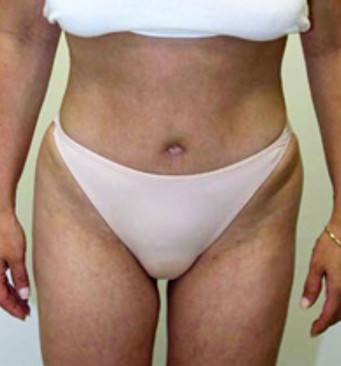
After
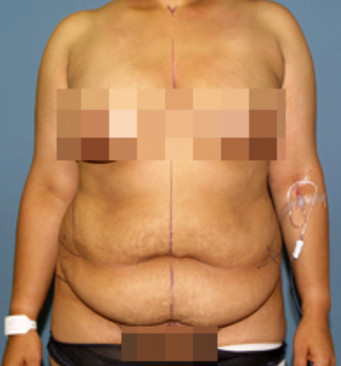
Before
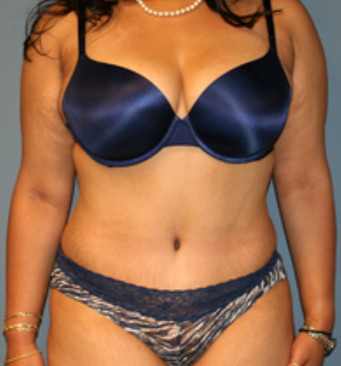
After
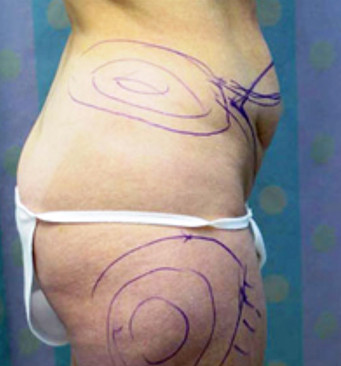
Before
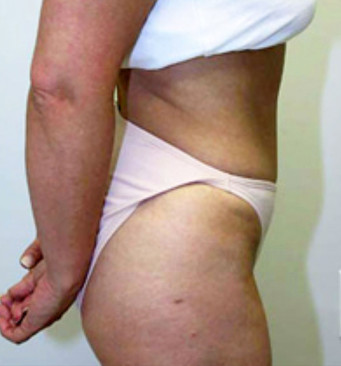
After
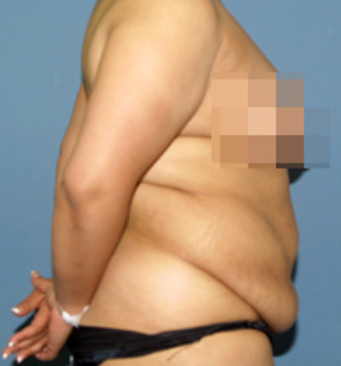
Before
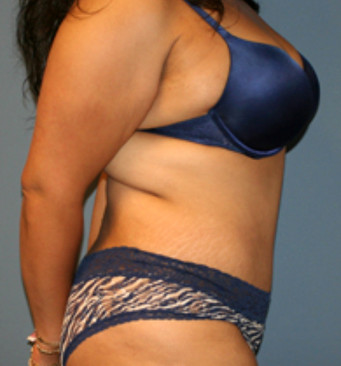

 Welcome to my new and updated website. I hope you find it not only better than my old one, but different from the many others you may be looking at.
Welcome to my new and updated website. I hope you find it not only better than my old one, but different from the many others you may be looking at.